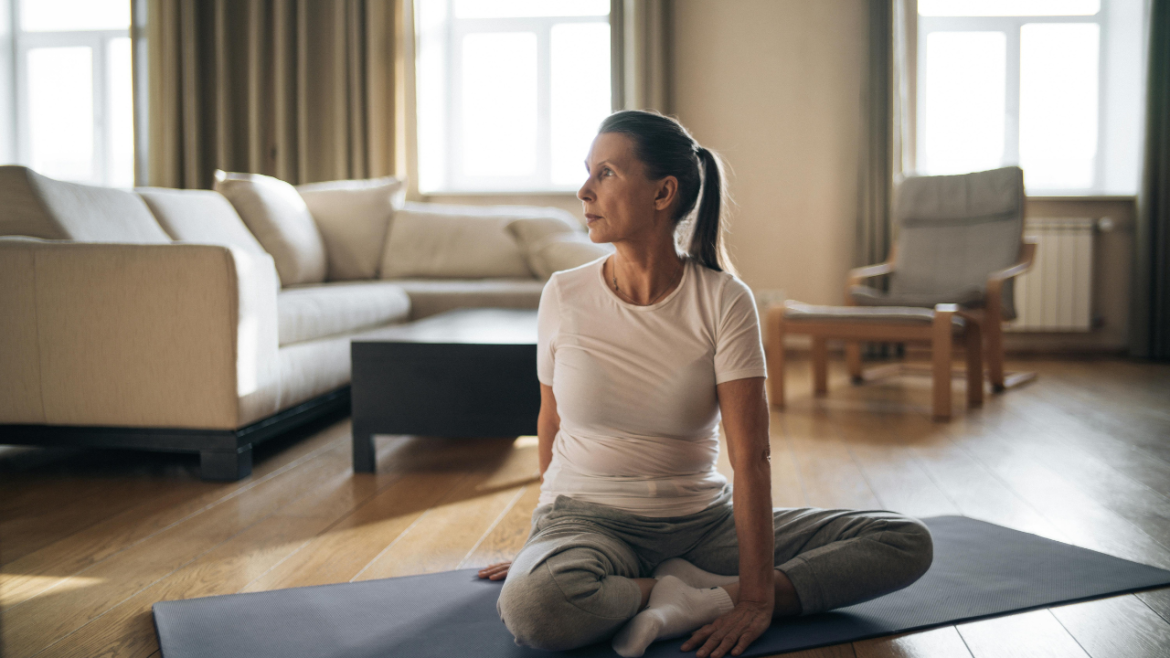Did you know that Leading Edge Senior Care has a Dementia Support Group? We meet monthly in Mesa. For more details <click here>
Common Foot Problems In The Elderly
As we age, our bodies naturally undergo changes that can impact our overall health and well-being. One area often overlooked is foot health, which becomes increasingly important in the elderly. Foot problems in seniors can lead to pain, reduced mobility, and even falls, which can be devastating. Understanding the common foot problems that affect the elderly and how to address them can significantly improve their quality of life. This article delves into the most prevalent foot issues among seniors, providing insight into their causes, symptoms, and management.
The Impact of Aging on Foot Health
Aging affects various aspects of foot health, leading to a higher risk of developing foot problems. The skin becomes thinner and loses elasticity, making it more susceptible to injuries and infections. Blood circulation may decrease, leading to slower healing and a higher risk of complications. Additionally, the ligaments and tendons in the feet may lose strength and flexibility, resulting in conditions such as flat feet or bunions. These changes can make it difficult for seniors to maintain their balance and stability, increasing the likelihood of falls and other injuries.
Common Foot Problems in Seniors
1. Arthritis
Arthritis is one of the most common foot problems among the elderly. It causes inflammation in the joints, leading to pain, stiffness, and swelling. Osteoarthritis, the most prevalent form, often affects the big toe and the midfoot, making it painful to walk or stand for long periods. Rheumatoid arthritis, another form, can lead to deformities in the toes and feet, further complicating mobility.
Managing arthritis involves a combination of medication, physical therapy, and lifestyle modifications. Regular exercise can help maintain joint flexibility and reduce pain. Wearing supportive footwear is also crucial to alleviate pressure on the affected joints.
2. Bunions
Bunions are bony bumps that form on the joint at the base of the big toe. They develop gradually and can become quite painful over time. Seniors are particularly susceptible to bunions due to the natural changes in foot structure with age, as well as the long-term effects of wearing ill-fitting shoes. In severe cases, bunions can lead to significant deformity and difficulty walking.
Treatment for bunions includes wearing wide-toed shoes, using padding to reduce friction, and taking over-the-counter pain relievers. In more severe cases, surgery may be required to realign the bones.
3. Corns and Calluses
Corns and calluses are thickened areas of skin that develop as a result of repeated pressure or friction. While they are not usually painful, they can become problematic if left untreated, particularly for seniors with diabetes or other conditions that affect circulation. Corns typically form on the toes, while calluses appear on the soles of the feet.
To manage corns and calluses, it is important to wear properly fitting shoes that reduce pressure on the feet. Regularly moisturizing the feet can also help prevent the skin from becoming too dry and prone to cracking.
4. Diabetic Foot Problems
Diabetes can lead to a range of foot problems, including neuropathy (nerve damage), poor circulation, and slow healing. Seniors with diabetes are at a higher risk of developing foot ulcers, which can become infected and lead to serious complications. In severe cases, untreated foot ulcers can result in amputation.
Regular foot inspections are essential for seniors with diabetes. Any cuts, blisters, or sores should be treated promptly to prevent infection. Additionally, maintaining good blood sugar control can help reduce the risk of foot complications.
5. Heel Pain
Heel pain is a common complaint among the elderly, often caused by plantar fasciitis, a condition where the tissue connecting the heel bone to the toes becomes inflamed. This can result in sharp pain, particularly after periods of rest. Heel spurs, which are bony growths on the heel bone, can also cause discomfort.
Treatment for heel pain typically involves rest, ice, and stretching exercises. Wearing supportive shoes with cushioned insoles can also help relieve pain and prevent further injury.
Preventing Foot Problems in the Elderly
Prevention is key to maintaining foot health in seniors. Regular foot care routines, including washing and moisturizing the feet, trimming toenails properly, and inspecting the feet for any changes, can help prevent many common foot problems. Wearing well-fitting shoes that provide support and cushioning is also crucial.
Encouraging seniors to stay active can help maintain circulation and muscle strength, reducing the risk of foot problems. Additionally, regular visits to a podiatrist can ensure that any issues are identified and treated early, preventing them from becoming more serious.
Conclusion
Foot health is an essential aspect of overall well-being, particularly for seniors. By understanding the common foot problems that affect the elderly and taking proactive steps to prevent and manage them, seniors can maintain their mobility, independence, and quality of life. Proper foot care and regular check-ups with a healthcare professional are vital in ensuring that seniors stay on their feet and continue to enjoy life to the fullest.

